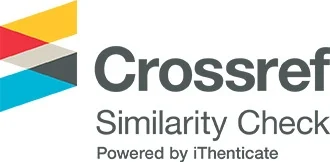Protective Effects of Honey on Carbon Tetrachloride Induced Hepatotoxicity in Rats
DOI:
https://doi.org/10.65137/jhas.v5i10.332Keywords:
Liver, hepatotoxic, Free radical, AntioxidationAbstract
The present paper aimed to evaluate the hepatotoxic effects of carbon tetrachloride and the hepatoprotective effects of bees’ honey on rats, the experiment was carried out on four groups of female Wister rats. Hepatic lesions were induced by intraperitoneal (i.p) injection of carbon tetrachloride (0.5 ml/Kg body weight (b.wt)) diluted in olive oil (0.5 ml/Kg with 1:1 ratio), twice a week a period of for four weeks. Biochemical parameters of hepatic damage such as serum aspartate aminotransferase (AST), alanine aminotransferase (ALT), lactate dehydrogenase (LDH) and catalase (CAT) activity were determined. Four weeks treatment using Carbon tetrachloride increased the serum AST, ALT and LDH levels significantly compared to control group (G1), while these enzymes were significantly reduced by the effect of honey (10%) plus CCl4 (0.5ml/Kg (b.wt) (i.p.)) for 4 weeks compared to CCl4 group (G3) (P< 0.05), but there were significant decreases in catalase (CAT) values of CCl4 group (G3) compared to the control group (G1) (P< 0.05).






